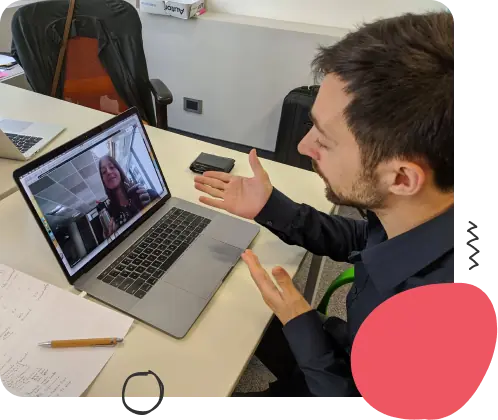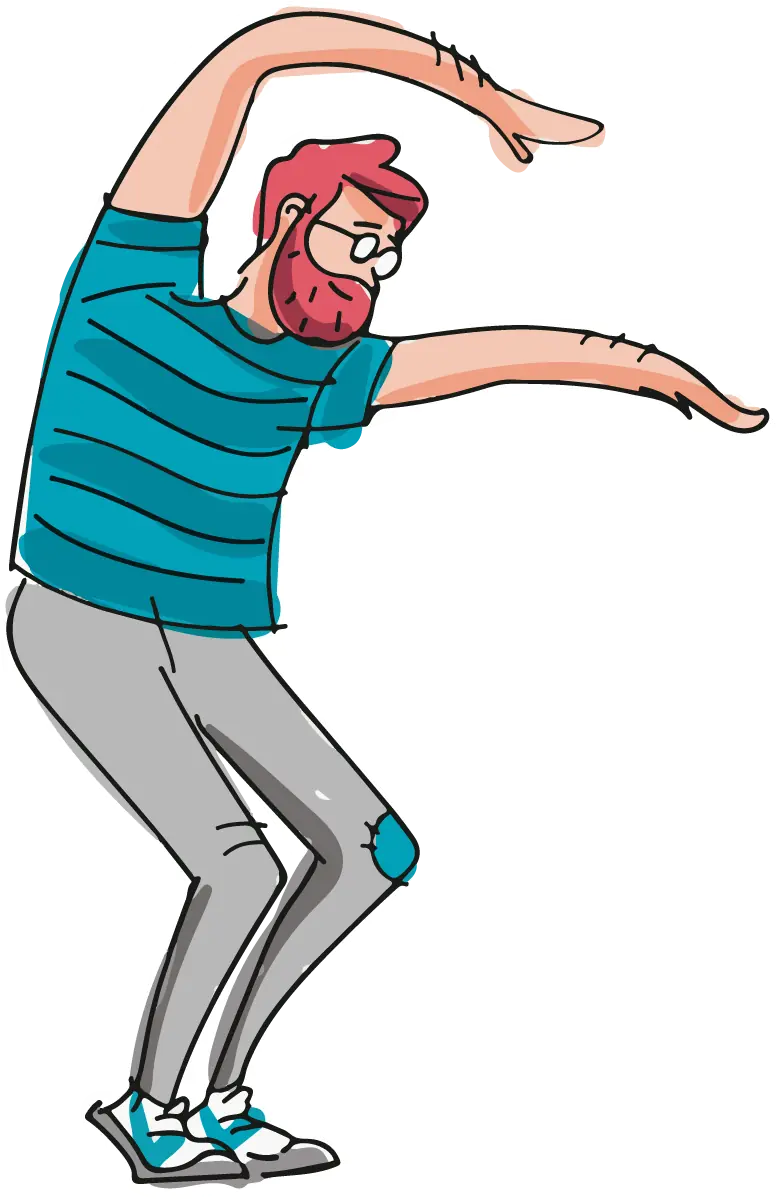Bring this course to your company!
Get In-Company Quote


Based on lots of practice and collaboration, this course guides you through Agile fundamentals and gets you to know the Scrum framework by living it. Through learning-by-doing sessions you will get to know all that it takes to organize work through teamwork.
The best approach to experience working on any agile team!
Want to go through an entire agile delivery path? You are invited to go from your initial ideas or business needs, to building a shared vision, and planning high level product releases. Then, move on prioritizing, and working in Sprints to deliver early product increments–encouraging inspection and adaptation, among focusing the effort on features that prove to be useful with high quality standards.
This course provides you with :
No previous knowledge is required to attend.
You will never get bored in this learning-by-doing course!
Every session is balanced to just-enough-theory and tons of practice. You will work in teams, co-creating and reflecting, using collaborative tools and practices (in-person or online).
This training is ideal if you are looking to learn about Agile Project Development and Agile Team Management through Agile and Scrum practices
Some questions you'll get answers to:
Agile Practices
In this course you apply what you have learned when developing products or services in VUCA contexts (Volatility, Uncertainty, Complexity, and Ambiguity). Frequent learning cycles allows you to improve your return on investment (ROI) and reduce risks.

- Hands-on experience working with Scrum
- Practices for your daily work with an agile team
- Content and resources to use during and after the course
- Understanding the Agile Mindset
- Techniques for complex product development
- Approaches to team self-management
- Planning and prioritization techniques
You will learn
- New ways of teamwork
- Team self-management
- New product and service development techniques
- Values and Principles of Agile and Scrum
- How to reduce delivery times
- Ways to adapt your plans as your demand change
- Adaptive ways to improve customer satisfaction
- Identify and strategically split units of work
- Benefits of relative estimation
- Effective ways for a team to forecast their work
- How to build an iterative Release Plan



Professionals involved in design, innovation or marketing
Teams developing Technology Products
Managers and Directors fostering self-managed teams
Technical Leaders
Facilitators, Consultants and Educators